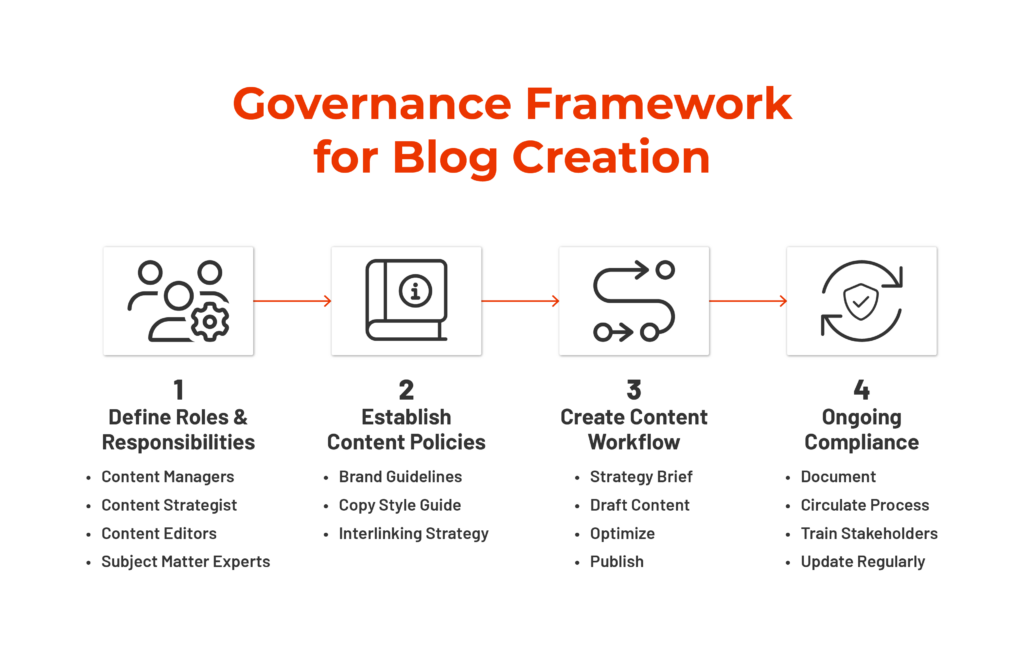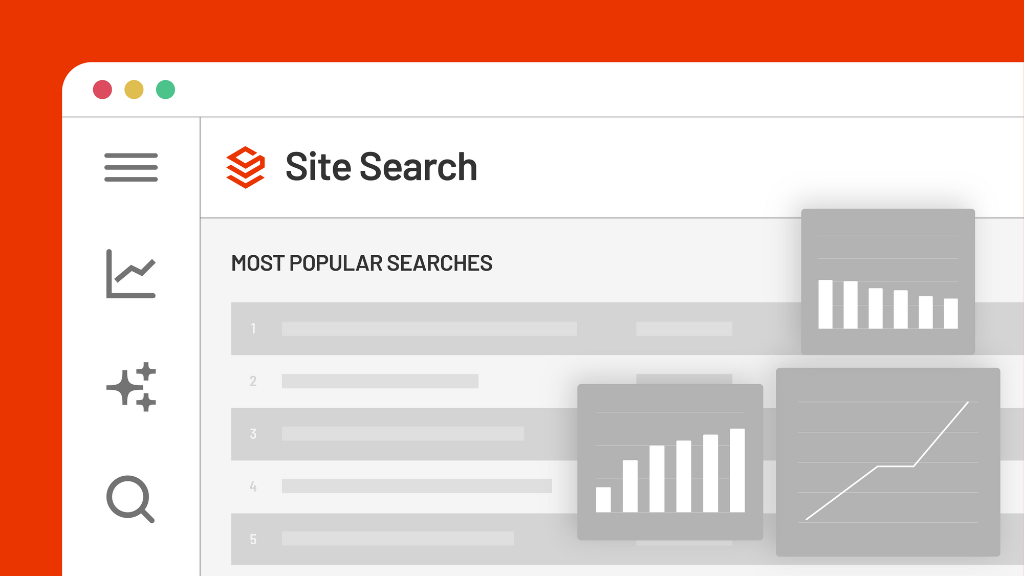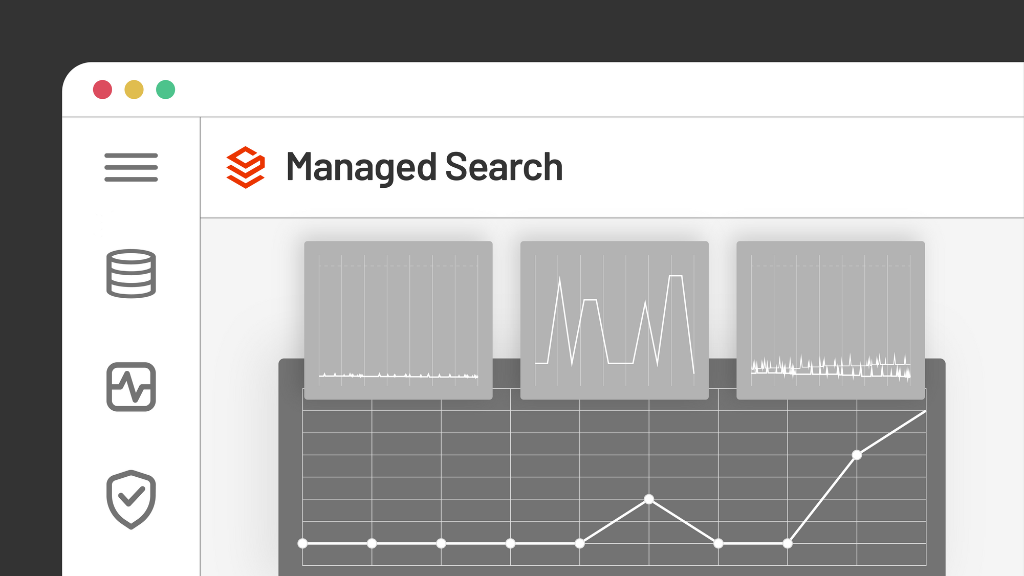August 07, 2024
Jeff Dillon
|
The dual approach to content discovery empowers higher education web teams to ensure that high quality content and resources are discoverable on their websites.
Establishing the Dual Approach
Universities face a unique challenge: managing vast amounts of information while ensuring it remains easily accessible when needed by students, faculty and staff. Two critical components form the foundation of effective information management in higher education: robust site search capabilities and strong digital governance. This is what I’ll refer to as the “dual approach” to optimizing content discovery.
As a university web director, I led numerous digital transformation projects. One memorable project involved a comprehensive web overhaul aimed at enhancing digital governance, but at the launch, we realized we overlooked the crucial aspect of site search.
By implementing the dual approach, universities can avoid this critical oversight and empower their team members to have a unified process for making their web content more discoverable. I’ll cover both sides of the dual approach (implementing site search and digital governance) along with some challenges that higher ed institutions face in transforming the management of their digital content.
Site Search: The Foundation of Content Discovery
College websites are often labyrinths of information, housing everything from course catalogs to research papers, directories, microsites and more. With multiple solutions and Content Management Systems making content publishing easy, we’re inundated with data from a wide array of written and multimedia content.
A powerful search engine that works across multiple sites is crucial for navigating this complexity. Search gives universities the opportunity to focus on the end user by delivering relevant and accurate results quickly. However, a startling 75% of colleges rely on free tools that are often insufficient for their needs.
Investing in a comprehensive search solution ensures that prospective students, current students and staff can easily find the information they need, thereby enhancing their overall experience and satisfaction.
Imagine a university where a student, looking for specific journal articles for their thesis, struggles with a basic search engine that fails to index all the available resources. Upgrading to an advanced search tool that supports filtering by publication date, authors and topics would streamline their research process, saving time and reducing frustration.
Digital Governance: Optimizing Content for Discoverability
While a powerful search engine is crucial, it’s only half the battle. Digital governance focuses on internal efforts to ensure that content is created, managed and optimized in a way that makes it easily discoverable and accessible. This framework of policies, standards and practices guides how digital content is published and maintained across an institution, ensuring consistency, accuracy and accessibility of information.
Effective digital governance also requires stakeholder accountability and oversight. It’s essential to establish clear roles and responsibilities, ensuring that each department and individual understands their part in maintaining a high-quality content strategy. For instance, regular reviews and updates by a designated digital governance team can ensure adherence to standards and identify areas for improvement.
Consider a university that implements a digital governance framework with clear guidelines for content creation and management. By creating templates and training content creators on SEO best practices and accessibility standards, the university ensures that all its web pages are not only informative but also easily searchable.

Providing tactical support for content editors, such as ongoing training and resources, empowers them to maintain high standards. Regular content audits help maintain the quality and relevance of information, making it easier for users to find what they need. This combined approach ensures that the institution’s digital presence remains robust and user-friendly.
Implementing the Dual Approach
Combining robust site search with effective digital governance can seem daunting, but the benefits are substantial. Here are some steps universities can take:
1. Assess Current Search Capabilities: Identify gaps in the existing search functionality.
2. Invest in a Comprehensive Search Solution: Choose a tool that can index all relevant content sources and provide advanced search features.
3. Develop a Digital Governance Framework: Establish clear policies and guidelines for content creation and management.
4. Provide Regular Training: Educate content creators on best practices for content optimization and accessibility.
5. Implement Regular Content Audits: Ensure adherence to guidelines and maintain the quality of digital content.
Challenges and Solutions
One common challenge is resistance to change. Many content creators may be set in their ways and reluctant to adopt new practices. Another challenge is the initial investment required, both in terms of time and resources. However, the long-term benefits of improved user experience and more efficient information discovery far outweigh the initial costs.
A university facing resistance to adopting new digital governance practices might start with a pilot program in a single department. Success in this smaller scope can demonstrate the benefits and encourage wider adoption. Similarly, showing the tangible benefits of an upgraded search engine, such as increased time spent on the website, lower bounce rate, improved click-through rate and higher user satisfaction, can help justify the initial investment.
In an era where information is currency, universities must prioritize both powerful search capabilities and strong digital governance. By addressing both the customer-focused and internal efforts, higher education institutions can ensure that their wealth of knowledge is not just created and stored, but easily discovered and utilized by their communities. Those universities that master this dual approach will be best positioned to serve their students, faculty and staff in the digital age.
If you’re interested in learning more about site search solutions for your institution, check out Site Search for Higher Education.





